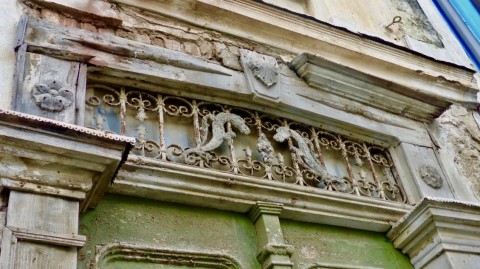Patina of Plomari
I often ask myself why Henry and I love Plomari so much. It's not the typical town of your Greek island imaginings. It's a little frayed around the edges, a little faded, kind of gritty I suppose. So what is it that draws us and others like us to this idiosyncratic town?
The are many things – the people, the food, the beaches, the architecture. But overall, I think, it's patina.
Plomari has not been tarted up for tourism. It wakes, works, eats, plays and sleeps not for tourists but for those who live there and the colours and textures that have built up a layer upon layer for hundreds of years are evocative and fascinating.
Exploring the streets and nooks and crannies, you can see from the faded grandeur of the beautiful architecture that Plomari had a rich industrial history. In the mid 19th century Plomari had a thriving boat building and fishing tradition, ouzo factories hummed and the substantial olive crop produced olive oil and soap. It might not be as grand as it was 170 years ago, but Plomari is still the Ouzo capital of Greece and the olive harvest every winter keeps the town going. Boat building is small but alive and fishermen still sell their catch on the harbor wall every day.
This is a place worth visiting and discovering for yourself which of the many patina's you will love.







